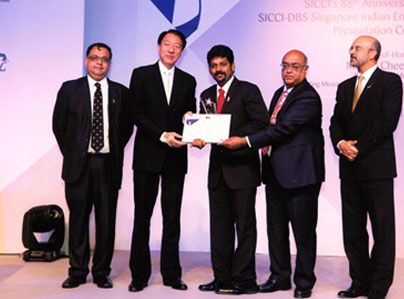Software
mini detail about java programming language

Java is a general-purpose programming language that is class-based, object-oriented, and designed to have as few implementation dependencies as possible. It is intended to let application developers write once, run anywhere (WORA), meaning that compiled Java code can run on all platforms that support Java without the need for recompilation. Java applications are typically compiled to bytecode that can run on any Java virtual machine (JVM) regardless of the underlying computer architecture. The syntax of Java is similar to C and C++, but it has fewer low-level facilities than either of them. As of 2019, Java was one of the most popular programming languages in use according to GitHub,particularly for client-server web applications, with a reported 9 million developers.
Java JVM and Bytecode
One design goal of Java is portability, which means that programs written for the Java platform must run similarly on any combination of hardware and operating system with adequate run time support. This is achieved by compiling the Java language code to an intermediate representation called Java bytecode, instead of directly to architecture-specific machine code. Java bytecode instructions are analogous to machine code, but they are intended to be executed by a virtual machine (VM) written specifically for the host hardware. End users commonly use a Java Runtime Environment (JRE) installed on their machine for standalone Java applications, or in a web browser for Java applets.
Performance
Programs written in Java have a reputation for being slower and requiring more memory than those written in C++.However, Java programs' execution speed improved significantly with the introduction of just-in-time compilation in 1997/1998 for Java 1.1, the addition of language features supporting better code analysis (such as inner classes, the StringBuilder class, optional assertions, etc.), and optimizations in the Java virtual machine, such as HotSpot becoming the default for Sun's JVM in 2000. With Java 1.5, the performance was improved with the addition of the java.util.concurrent package, including lock free implementations of the ConcurrentMaps and other multi-core collections, and it was improved further with Java 1.6.
Automatic memory management
Java uses an automatic garbage collector to manage memory in the object lifecycle. The programmer determines when objects are created, and the Java runtime is responsible for recovering the memory once objects are no longer in use. Once no references to an object remain, the unreachable memory becomes eligible to be freed automatically by the garbage collector. Something similar to a memory leak may still occur if a programmer's code holds a reference to an object that is no longer needed, typically when objects that are no longer needed are stored in containers that are still in use. If methods for a non-existent object are called, a null pointer exception is thrown.












